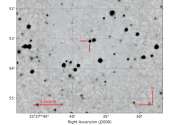Getting around the 'uncertainty principle': Physicists make first direct measurements of polarization states of light
Researchers at the University of Rochester and the University of Ottawa have applied a recently developed technique to directly measure for the first time the polarization states of light. Their work both overcomes some important ...









